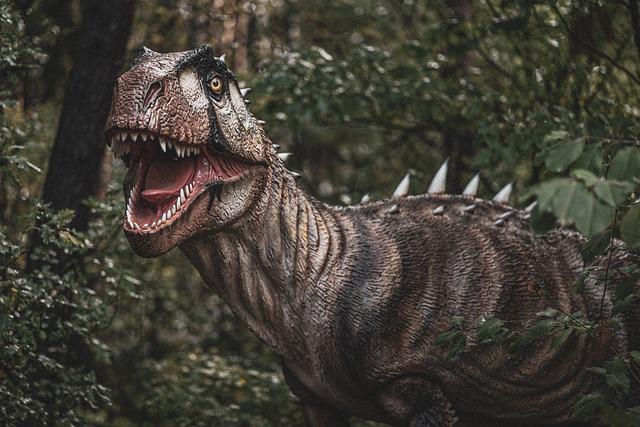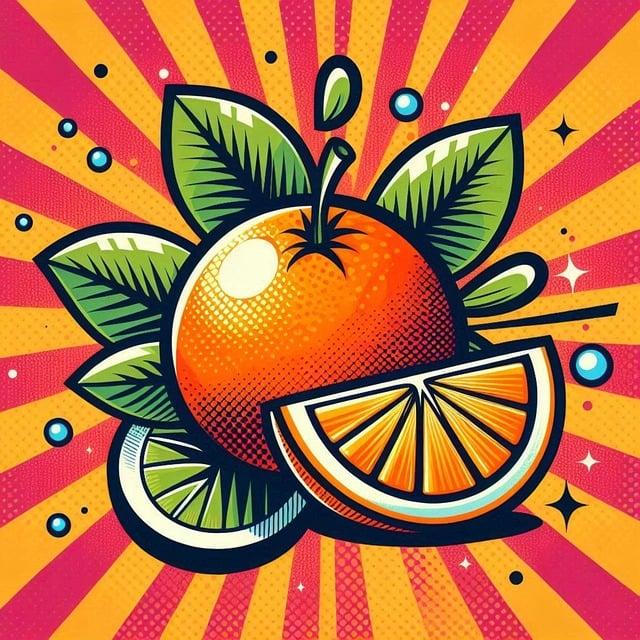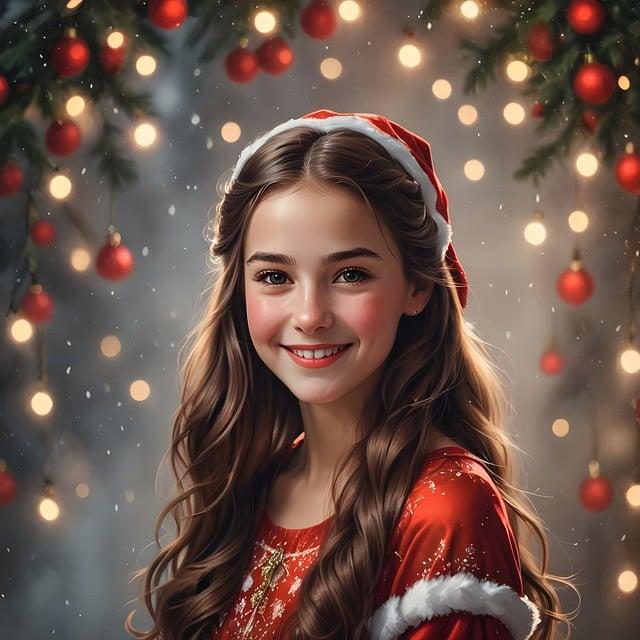Once upon a time, in ancient Rome, the winter solstice was celebrated with vibrant greenery and lights to ward off the darkness. As Christianity spread, these traditions merged with the celebration of Christ’s birth. In the 16th century, Germans began adorning their homes with candles and ornaments, symbolizing hope and joy. The Christmas tree, popularized in the 19th century, became a centerpiece of festive decor. Today, twinkling lights and colorful baubles echo centuries of tradition, reminding us of the warmth and light that Christmas brings.
Table of Contents
- The Origins of Christmas Decorations and Their Cultural Significance
- Evolution of Christmas Decor Through the Ages
- Symbolism and Meaning Behind Traditional Christmas Ornaments
- Modern Trends in Christmas Decorating: Blending Tradition with Innovation
- Q&A

The Origins of Christmas Decorations and Their Cultural Significance
The tradition of decorating for Christmas has roots that stretch back centuries, intertwining with various cultural practices and beliefs. Early decorations often included **evergreen plants**, such as holly, ivy, and mistletoe, which symbolized eternal life and were believed to ward off evil spirits during the dark winter months. The use of these plants can be traced back to ancient pagan rituals, where they were used to celebrate the winter solstice. As Christianity spread, many of these customs were absorbed into the holiday, transforming them into symbols of hope and renewal associated with the birth of Christ.
In addition to greenery, the incorporation of **lights and ornaments** has evolved significantly over time. The tradition of lighting candles dates back to the 17th century, representing the light of Christ coming into the world. As technology advanced, electric lights became popular in the 20th century, illuminating homes and public spaces in vibrant displays. Ornaments, often handmade, reflect personal stories and cultural heritage, with each piece carrying its own significance. From glass baubles to handcrafted figurines, these decorations serve not only as festive adornments but also as cherished reminders of family traditions and shared memories during the holiday season.

Evolution of Christmas Decor Through the Ages
The journey of Christmas decorations is a fascinating tapestry woven through centuries, reflecting cultural shifts and evolving traditions. In ancient times, people adorned their homes with **evergreen boughs** and **holly** to symbolize life and renewal during the dark winter months. The Romans celebrated Saturnalia, a festival of light and merriment, where they decorated their homes with **laurel wreaths** and **candles**. As Christianity spread, these pagan customs were absorbed into the holiday, leading to the incorporation of **nativity scenes** and **angels** that depicted the birth of Christ, transforming the way people celebrated the season.
By the Middle Ages, the tradition of decorating Christmas trees emerged in Germany, where families would hang **apples** and **nuts** on evergreen trees, symbolizing the fruits of paradise. This practice gradually spread across Europe, evolving into the elaborate ornaments we see today. The Victorian era brought a surge of creativity, introducing **glass baubles**, **tinsel**, and **string lights** that illuminated homes with a warm glow. In modern times, Christmas decor has become a vibrant expression of personal style, with themes ranging from **rustic charm** to **glamorous elegance**, showcasing the rich history and diverse influences that continue to shape our festive celebrations.

Symbolism and Meaning Behind Traditional Christmas Ornaments
Traditional Christmas ornaments are not merely decorative items; they are imbued with rich symbolism and meaning that reflect the spirit of the season. Each ornament often tells a story, representing various aspects of faith, hope, and joy. For instance, **stars** symbolize the Star of Bethlehem, guiding the way to the birthplace of Jesus, while **angels** represent the divine messengers bringing good tidings. The use of **evergreen branches** in decorations signifies eternal life, reminding us of the promise of renewal and the enduring nature of love and faith.
Moreover, many ornaments are crafted to reflect cultural heritage and personal memories, adding layers of significance to the holiday. **Glass baubles**, often hand-blown, can represent the fragility of life and the beauty found in imperfection. **Homemade ornaments**, crafted by children or passed down through generations, embody family traditions and the warmth of togetherness. The colors used in decorations also carry meaning; for example, **red** symbolizes the blood of Christ, while **green** represents hope and rebirth. Each ornament, therefore, becomes a cherished piece of history, connecting us to the past while celebrating the present.

Modern Trends in Christmas Decorating: Blending Tradition with Innovation
As we embrace the festive spirit, modern Christmas decorating has evolved into a delightful fusion of traditional elements and innovative designs. This year, many are opting for a **minimalist approach**, focusing on natural materials and earthy tones that evoke a sense of warmth and nostalgia. The use of **sustainable decorations**, such as handcrafted ornaments made from recycled materials, not only honors the environment but also adds a personal touch to holiday decor. Additionally, the incorporation of **smart technology** into Christmas lights and displays allows for customizable experiences, enabling families to create unique atmospheres that reflect their individual styles.
Moreover, the resurgence of vintage aesthetics is making waves in contemporary decorating trends. Homeowners are increasingly drawn to **retro ornaments** and **classic color palettes**, reminiscent of Christmases past. This nostalgic revival is complemented by the use of **mixed textures**, combining soft fabrics like velvet and burlap with shiny metallics to create a visually captivating display. The blending of these elements not only pays homage to the rich history of Christmas decorations but also invites a fresh perspective, making the holiday season feel both timeless and modern. As we navigate through these trends, the essence of Christmas remains rooted in joy, togetherness, and the celebration of cherished traditions.
Q&A
-
What are the origins of Christmas decorations?
Christmas decorations trace their roots back to ancient pagan traditions. Early Europeans used greenery, such as holly and ivy, to celebrate the winter solstice. The practice evolved with the advent of Christianity, incorporating symbols like the Christmas tree, which became popular in Germany in the 16th century.
-
When did the Christmas tree become a common decoration?
The Christmas tree gained widespread popularity in the 19th century, particularly after Queen Victoria and Prince Albert of England were depicted with one in a drawing. This image helped to popularize the tradition in Britain and eventually across the globe.
-
What role do lights play in Christmas decorations?
Christmas lights symbolize the light of Christ and the hope of the season. The tradition of using candles dates back to the 17th century, but electric lights became popular in the early 20th century, revolutionizing how homes and public spaces are decorated for the holiday.
-
How have Christmas decorations evolved over time?
Christmas decorations have evolved from simple natural elements to elaborate displays. Today, they include a wide variety of ornaments, lights, and themes, reflecting cultural diversity and personal creativity. Innovations in materials and technology continue to shape how we celebrate the season.
As we adorn our homes with twinkling lights and festive ornaments, we connect with centuries of tradition. The history of Christmas decorations is a tapestry woven from diverse cultures, each adding its unique thread to the celebration we cherish today.

大家好,我是彼得潘,專業的手法身體治療師。我喜歡探索和研究各種主題,並透過與人工智慧的合作分享專業、實用、有趣的文章。我們定期進行人工審核,以確保內容的準確性。如果您發現文章中有任何不準確的地方,請隨時與我們聯繫,我們會及時糾正。您可以透過 [email protected] 與我們聯繫。



